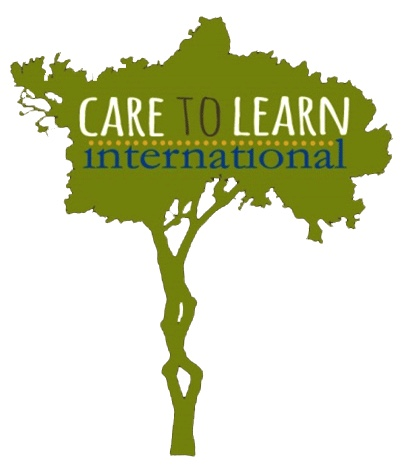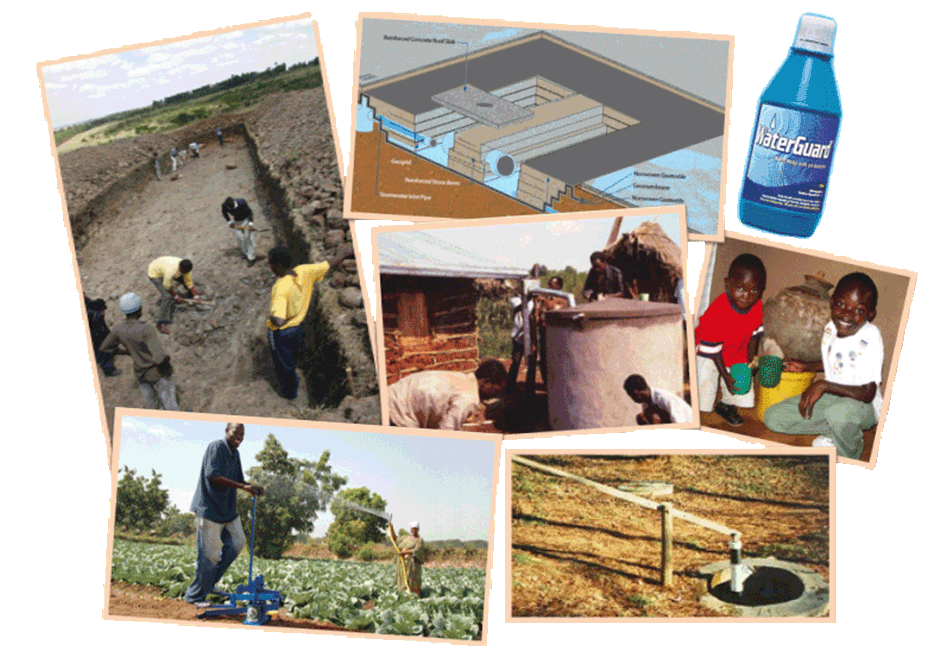
What Is It?
- High-yield Gardening
- Gardens requiring zero-till (minimal soil disturbance)
- Plants maintain permanent soil cover (mulch from plant residue)
- Crop rotation
Why Do It?
- Considerable increase in yield
- Less labor for manual systems
- No universal plowing of the plot
- Minimal soil disturbance maintaining biological/physical components
- Prevention of soil erosion and degradation
- Reversal of current soil degradation
- Increased water infiltration
- Minimized weeding
- Few chemicals needed
How Will We Apply This Technology?
- Exhibit existing garden
- Educate in CA principles and techniques
- Enable community members to reproduce family and/or community gardens
What Are the Potential Outcomes?
- Improved food yield within the community
- Reliance on organic and ecologically sound techniques
- Lessened soil erosion and degradation; enriched soil
- Integration and transfer of new skills: composting, natural fertilizers and pest control, erosion control and irrigation techniques
- Community income generation from sale of produce
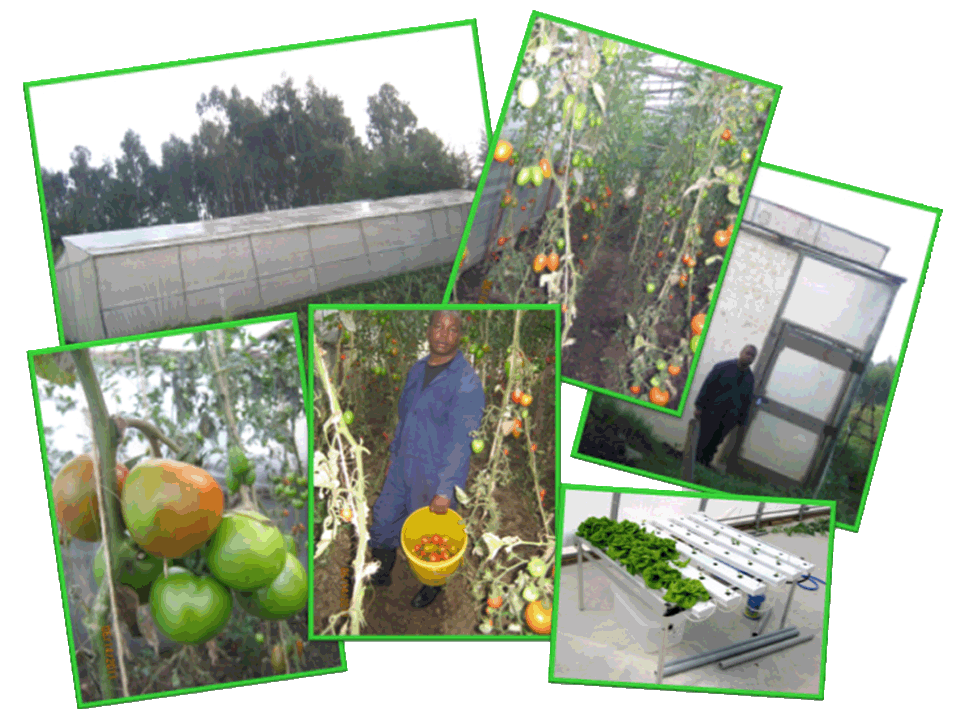
What Is It?
- Greenhouse gardening = gardening in an enclosed, protected and controlled environment
- Hydroponics = growing plants in water with mineral nutrients and no soil
Why Do It?
- can grow vegetables year round
- avoids damage during the wet seasons causing extensive price increase
- provides increased yield for income generation
- is an alternative in areas of water scarcity
- can grow large quantities on small areas of land
- allows continuous harvesting
- produces tomatoes with a longer shelf-life than those grown in the open
- shorter maturation time
- lessens insect & pest invasion
- saves on chemical & labor costs
- can eliminate chemical toxin exposure
- allows experimentation with hydroponics
How Will We Apply This Technology?
- The center plans to erect a greenhouse in which will be grown a variety of vegetables, herbs & fruits
- The Center will use a section of the greenhouse to experiment with hydroponic agriculture
- The produce grown will be used in food provision for the Center & its guests
- Excess production will be sold in the community or given away
- The greenhouse will serve as an Exhibit for community instruction
- Educate the community in the construction of a simple greenhouse, growing principles, procedures, maintenance & expectations
- Enable community members to replicate individual or community greenhouse projects
- Employ community members as hired labor in the operation of the Center’s greenhouse
What Are the Potential Outcomes?
- Increased produce growth and consistent income generation with more food on the table and more income in the pocket
- Better quality produce with less maintenance
- Economization of water and land
- Possible hydroponic utilization
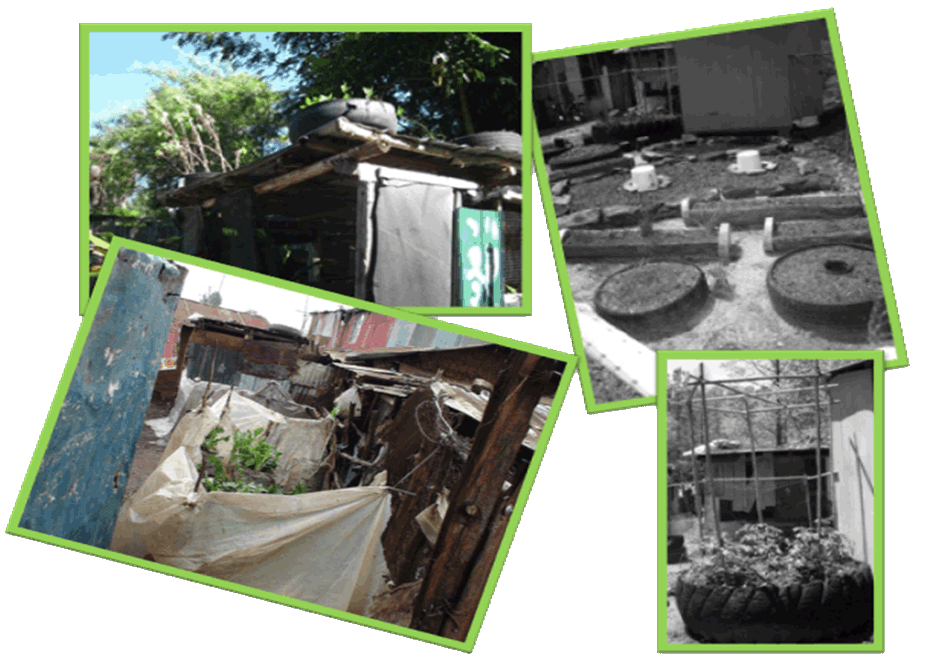
What Is It?
- Gardening in small spaces or difficult conditions
- Utilization of common available materials (tires, buckets, sacks) and spaces (rooftops, vacant lots) for gardening in cities and slums
Why Do It?
- Enables people to provide their own food
- Enables possible generation of income
How Will We Apply This Technology?
- Will create and sustain urban agriculture exhibition in assigned areas and within the landscaping
- Will be used for instructional purposes to enable community members to implement the procedures producing effective urban gardens for themselves & their families and reproduce training within their communities
What Are the Potential Outcomes?
- Produce urban farmers
- Stimulate imaginative ways & places to grow food
- Ease food shortages, especially in the slums
- Generate income for growers as they sell their excess
- Multiplication of skills & outcomes within needy communities
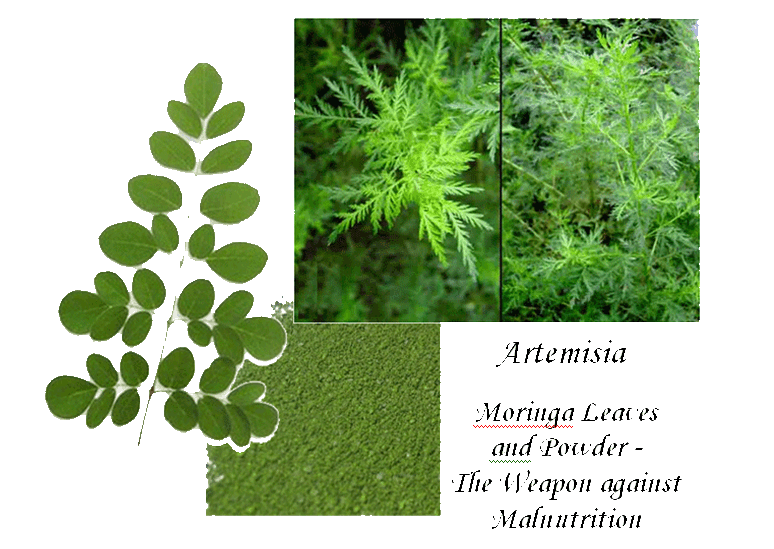
What Are They?
- Medicinal plants such as Artemisia effective for AIDS patients and effective against malaria
- High Nutrition plants such as Moringa; its leaf protein powder is effective against malnutrition
Why Grow Them?
- To produce natural medicines
- To promote self-sufficiency in health care
- To reduce dependence on imported and expensive medicines
How Will We Apply Them?
- Will plant indigenous medicinal and nutritional plants and trees as part of the landscape plan
- Will post display labels on plants stating names and usage for instructional exhibition
- Educate the community regarding growing, usages and powder preparations
What Are the Potential Outcomes?
- community accessibility to natural, economical and effective medicines and nutritional supplements
- lives will be saved
- less dependency on imported medicines
